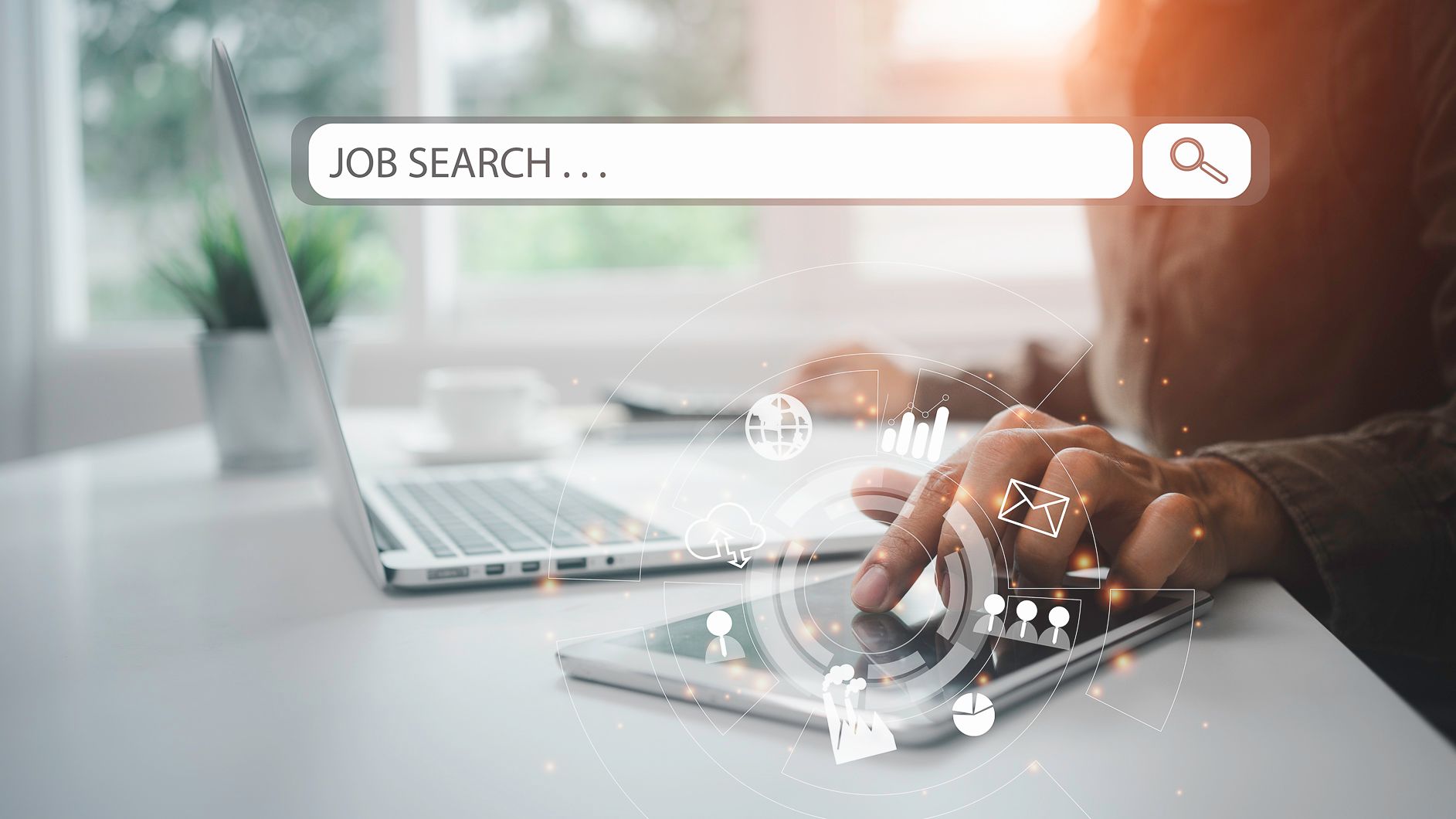For the last several months, COVID-19 has drastically changed the way we work, and seen many employees calling the spare rooms or dining tables “the office”. In fact, according to a survey by the University of Sydney, 20 percent of respondents worked from home on a regular basis before COVID-19, compared to 45 percent working from home during the pandemic.
Working from home was challenging for some employees, however others have come to appreciate the benefits of this more flexible style of working and it’s perhaps something they’d like to continue as we return to “the new normal”. Indeed, this experience has seen a new-found appreciation for and acceptance of continued flexibility, with many employees able to achieve high levels of efficiency from the comfort of their own homes.
“Suddenly the idea of working from home has become much more acceptable and is gaining momentum”, Professor of Management (Negotiation) at Melbourne Business School Mara Olekalns, told the ABC. “This is a moment in history where you have a great opportunity to negotiate.”
But just like working in the office, working from home in the long-term does have its challenges, so it’s important to weigh these up before asking the question of your manager. Here are some considerations to take into account before choosing to continue working remotely.
Be sure that you want to work remotely in the long-term
Making the move to working remotely full time might seem like the dream, but remember that just as it has its benefits, it also has its downsides. And while you may have enjoyed six months of no commuting or Tupperware lunches, you’ll be giving up many of the positives of working with your colleagues in the workplace. This includes networking, coaching and learning from others, and contributing to problems outside of your core work.
For this reason, it’s important to consider whether or not you’d like to commit to continued remote work. Short-term might have been manageable, especially when everyone else was in the same situation, but ask yourself if it’s something you’d really enjoy long-term. Whatever you decide, make sure you are certain before having the conversation with your manager.
You will forgo casual conversation
You might not realise it until you’re not there, but there is a lot of casual collaboration that happens in an office, whether that be creative conversations before a meeting starts, or an impromptu brainstorming session over lunch.
These moments are hard, if not impossible to replicate from home. And if you’re the one of the only employees to remain working remotely, it can be even trickier, and leave you feeling out of the loop and falling behind on important team information. During an episode of Bayside Group’s Work Conversation podcast, founder of ‘Making Work Absolutely Human’ Rhonda Brighton-Hall spoke about how the sudden and unexpected job losses as a result of COVID-19 saw people appreciate the significance of work in their life: “Not just as something that offers financial stability”, she said, “but as something that connects them to their community and gives rise to a sense of belonging and purpose.” When working from home in a long-term capacity, it is unlikely that an employee will be able to find that same sense of connection to their work and colleagues.
Collaboration could be challenging
It’s not just casual conversations that will be affected either, but also more formal meetings. While you may be dialled in for meetings on video or conference call, this often results in colleagues unconsciously forgetting you are there because, well, physically you aren’t.
Furthermore, there may be specific instances where you really need to be physically present for meetings or presentations, which means you would need to travel to your workplace anyway. Depending on your organisation, this could even occur several times a week. You’ll need to take this into account and ask yourself if working from home every day is realistic.
Consider your workplace
The question of whether you should work from home will really also be dependent on the type of work that you do. The fact that only 45% of people were able to work from home during a pandemic proves this.
If you mostly work at a computer and in an office environment, then working from home will likely be a more plausible option for you. But even then, you will need to take the specific values of your company into account. Is the work that you do highly collaborative and team-based, seeing employees often spontaneously collaborating? If so, then again consider if working from home will allow you to be involved in a way that allows you to perform your best work.
Office set up, technical issues and hacking
While the six-month WFH set-up you might have created on your dining room table might have been fine, if moving to long-term remote work, you’ll probably need to invest in ergonomic equipment to ensure health and safety requirements are met. Furthermore, you will become much more reliant on your technology, so may need to think about any software or hardware upgrades you need to make.
Technology itself poses a whole other set of things to think about. If you have struggled with your internet connection or had any other technical issues that have been causing you frustration, think about working around this indefinitely. Will you still be able to work productively? And will you be pulling your hair out every day?
Finally, cybercrime and hacking have seen a phenomenal increase during the pandemic, with 15 percent of Australians saying they were a victim of cybercrime during the first months of the pandemic. Another 29 percent said they were working on open or unsecure networks that left them open to cyber-attack. This doesn’t just pose a risk to you personally, but also your organisation if hackers are able to access the network.
Before you take the leap into continued work from home, make sure you weigh up the pros and cons and consider if it is the best choice for both you, your career and your employer.



